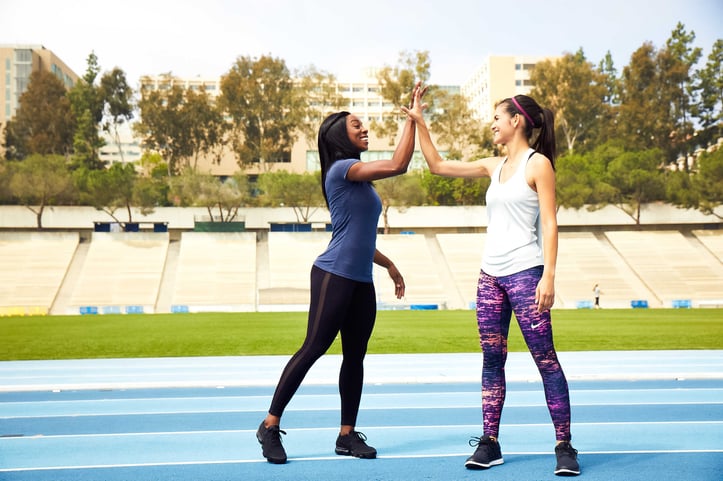Master Muscle Names Effortlessly: NASM-CPT Podcast’s Top Memory Hacks for Fitness Enthusiasts
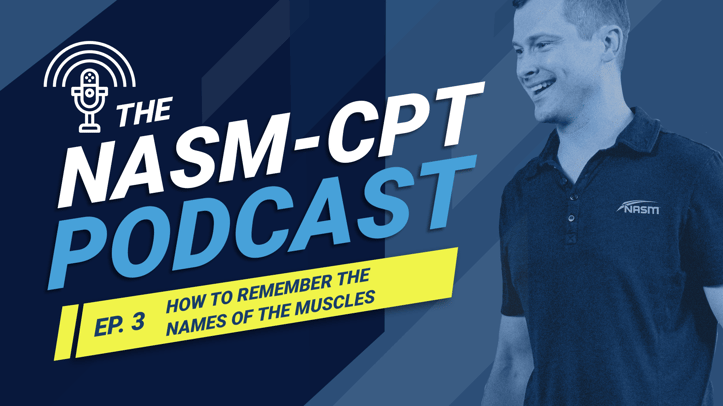
Master Muscle Names Effortlessly: NASM-CPT Podcast’s Top Memory Hacks for Fitness Enthusiasts
If you’ve ever stared at an anatomy chart and thought, “How do people even remember all these names?”—you’re not alone. For fitness enthusiasts, personal training hopefuls, or anyone eager to optimize their workouts, knowing muscle names isn’t just about impressing friends at the gym. It’s about understanding how your body moves, preventing injuries, and tailoring routines for better results. In a recent episode of The NASM-CPT Podcast, top instructors broke down science-backed strategies to memorize muscles without the stress. Here’s what you need to know.
Why Muscle Names Matter (Beyond Bragging Rights)
Before diving into hacks, let’s clarify the why. NASM (National Academy of Sports Medicine) emphasizes that functional anatomy—the study of muscles in motion—is foundational to effective training. For example, knowing that the gluteus maximus (the largest glute muscle) drives hip extension helps you adjust squats for better glute activation. Misnaming muscles? You might misdiagnose imbalances or waste reps targeting the wrong areas. For CPT candidates, it’s non-negotiable: NASM’s certification exam dedicates 15% of questions to anatomy.
The NASM-CPT Podcast’s Proven Memory Strategies
The podcast’s experts, including NASM Master Instructors, shared tactics that blend linguistics, biology, and psychology. Here are the most actionable ones:
1. Decode the Etymology: “Muscle Names Are Built Like Puzzles”
Most muscle terms stem from Latin or Greek roots—think of them as built-in clues. For instance:
- Location: Brachialis (brachium = arm) is the arm muscle beneath the biceps.
- Size: Maximus (largest), medius (medium), minimus (smallest) distinguish glute muscles.
- Shape: Deltoid (delta = Greek letter Δ) refers to the triangular shoulder muscle.
- Function: Flexor carpi radialis (flex = bend; carpi = wrist; radialis = radius bone) bends the wrist toward the thumb.
Pro Tip: Keep a “muscle root” notebook. Spend 5 minutes daily learning 2-3 roots (e.g., pector = chest, tibialis = tibia) and pair them with 1-2 muscles. Over a month, you’ll unlock 60+ terms!
2. Link Muscles to Movements: “Use It or Lose It (the Memory)”
Memorizing in isolation is tough. Instead, associate muscles with actions you already do. The podcast suggests:
- When you do a bicep curl, say aloud: “Biceps brachii—two heads (bi=two) flexing the elbow.”
- During a plank, identify stabilizers: “Transversus abdominis—deep core muscle, like a corset.”
- Lunging? Note: “Quadriceps (quads=four heads) extend the knee; hamstrings flex it.”
NASM research shows that active recall (applying knowledge during movement) boosts retention by 30% compared to passive reading (source: NASM’s Essentials of Personal Fitness Training).
3. Visualize with 3D Tools: “Anatomy Apps Beat Flashcards”
Gone are the days of static diagrams. The podcast recommends apps like 3D Anatomy Atlas or BioDigital to rotate, zoom, and label muscles interactively. Seeing the gluteus medius lie between the maximus and minimus (hence “medius”) makes the name stick. For tactile learners, holding a muscle model (available on Amazon for ~$20) helps connect names to physical form.
4. Group Muscles by Function: “Clusters = Cognition”
Instead of memorizing 650+ muscles, categorize them. For example:
- Hip extensors: Gluteus maximus, hamstrings, adductor magnus (all drive standing from a squat).
- Shoulder stabilizers: Rotator cuff (supraspinatus, infraspinatus, teres minor, subscapularis—yes, that’s the “SITS” group!).
This “functional clustering” aligns with how NASM teaches movement patterns, making recall intuitive.
A Common Mistake to Avoid: Rote Memorization
The podcast warned against a classic trap: cramming lists without context. One instructor shared, “I once had a student who could recite all 12 abdominal muscles… but couldn’t name the one engaged in a crunch.” Instead of drilling names, focus on how muscles work together. Ask: “What muscle initiates this movement? Which stabilizes it?”
Your Action Plan: Start Small, Stay Consistent
Ready to apply these hacks? Here’s your 7-day challenge:
- Day 1-2: Learn 3 muscle roots (e.g., gastrocnemius = “calf muscle” from Greek gaster = belly, knēmos = leg).
- Day 3-4: Pick 2 daily movements (e.g., push-ups, walking) and name 1-2 muscles involved.
- Day 5-6: Use an anatomy app to label 5 muscles—test yourself by hiding labels.
- Day 7: Quiz a gym buddy! Explaining muscles to others reinforces your own knowledge.
Final Thought: It’s About Progress, Not Perfection
Remember, even seasoned trainers still learn. The goal isn’t to master every muscle overnight but to build a foundation that makes workouts smarter and safer. As the NASM podcast put it: “Every time you say a muscle’s name correctly, you’re one step closer to becoming the expert your body (and clients) deserve.”
Ready to flex your new knowledge? Grab that anatomy app, start with the biceps brachii, and let’s make muscle names stick—no cramming required!

Fit vs Fat: Decoding Health's True Ruler
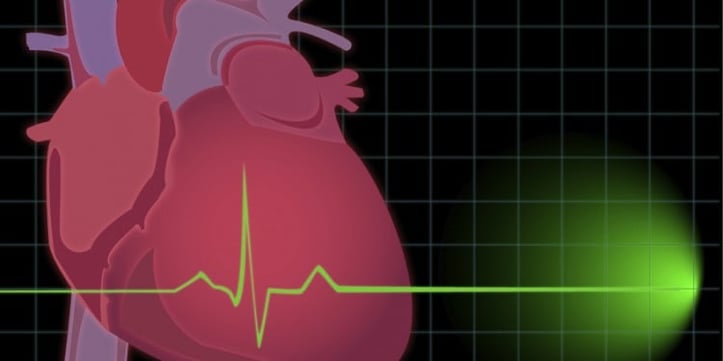
Pump Up Your Heart: Science-Driven Weight Loss
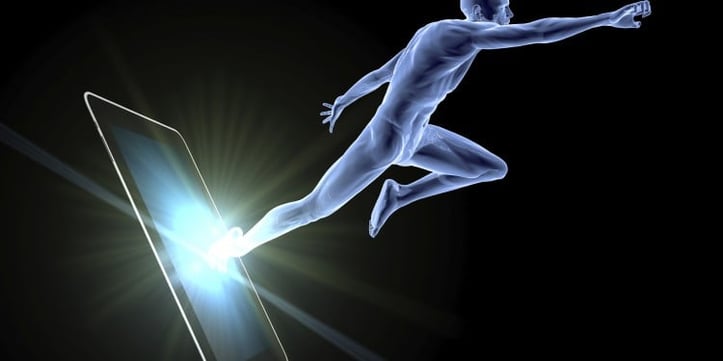
Wellness Technology: Your Path to Sustainable Weight Loss

A Sensible Guide to Dietary New Year's Resolutions
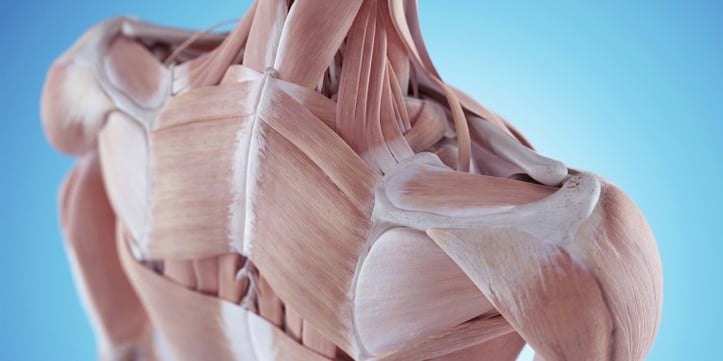
Prevent Shoulder and Rotator Cuff Injuries with Corrective Exercises
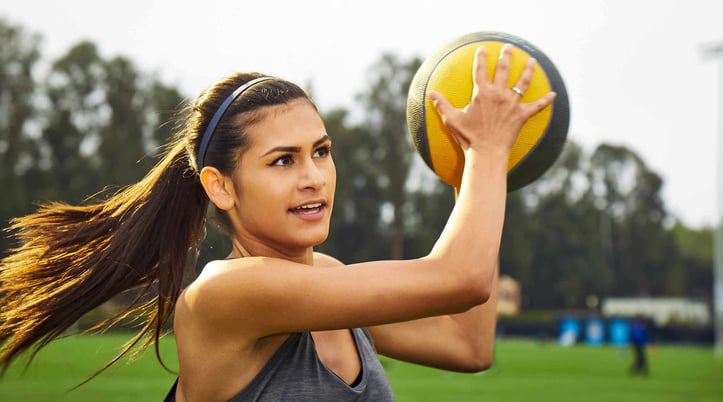
Overcome Fitness Plateaus: 4 Tips for Success

10 x 10 Thanksgiving Day Circuit: A Fitness Guide
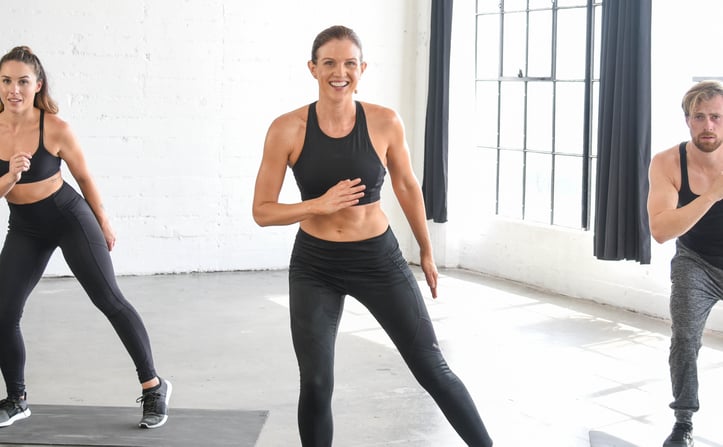
Unleash Your Fitness Potential with Kit Rich's Training Secrets

The Future of Fitness: A Guide for Beginners to Intermediates
